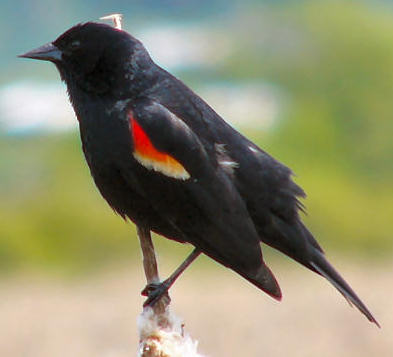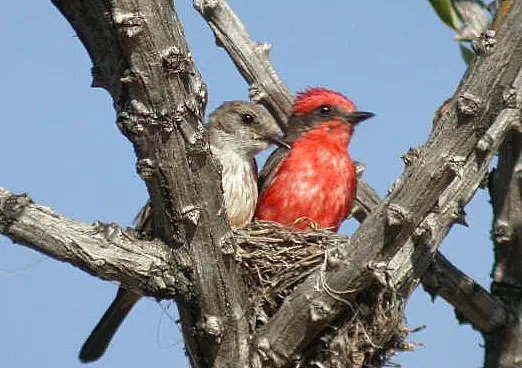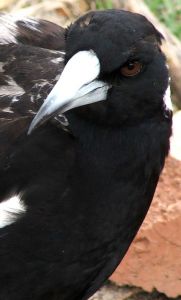Great Horned Owl
The Great horned owl, or Bubo Virginianus has a wide range and habitat, but are always a permanent resident of their chosen territory.
There are almost no predators to the adult Great Horned Owl, however they are at times killed in fights with eagles, snowy owls and many times other great horns, which does end in cannibalism at times.

The Great Horned Owls ears are not even on its head as seen here.
The Great Horned Owl will sit at night, on a high tree or perch, waiting for a prey animal and then swoop down on it, and usually do not miss their strike.
Their prey will include rats, squirrels, mice, moles, voles, marmots, skunks, shrews, bats, weasels, gerbils and even porcupines.
Waterbirds, especially coots and ducks, can be important prey; raptors up to the size of Snowy Owls are sometimes taken.
Reptiles, amphibians, fish, crustaceans and even insects are occasional prey.
In northern regions, where larger prey that cannot be eaten quickly are most prevalent, they may let uneaten food freeze and then thaw it out later using their own body heat.
The Great Horned Owl has incredible hearing and excellent vision in very low light.
Their hearing is much better so far as depth perception than that of a human.
This is possible because their ears are not placed at the same elevation on their heads but rather are typically one, a bit higher than the other.
One interesting fact about Great Horned owls is that their eyes are not movable.
Rather than turning the eye in its socket the owl must turn its head instead.
Great Horned Owls are some of the earliest-breeders in North America, many times breeding in mid to late January or early February. They select their mates in December and are often heard calling to each other.
A Great Horned Owl may build a nest but will also very often take over a nest used by some other large bird, Red-tailed Hawk and large squirrel nests are often used by them.
They normally have two to three eggs per clutch, which they incubate for a bit over a month, 32-37 days, before the little owls hatch. The owls are constantly cared for by both parents until they are about 5 weeks old at which time they will begin leaving the nesting area a bit at a time.
Young owls move onto nearby branches at 6 weeks and start to fly about a week later, but are not always left to their own devices even when they have begun to hunt or fly on their own. The offspring have still been seen begging for food 5 to 6 months after being born, and may stay with the parents til the next breeding season.



Nice Picture
Excellent article!
He looks great, would make a wonderful character for one of my animated mini films…
http://www.youtube.com/watch?v=UA1UDaXZdPc
I’m doing a project on owls. This picture is awsome! I love it!
im doing a project on the great horned owl too! :)
great pictures! made my collage on owls look really beautiful.